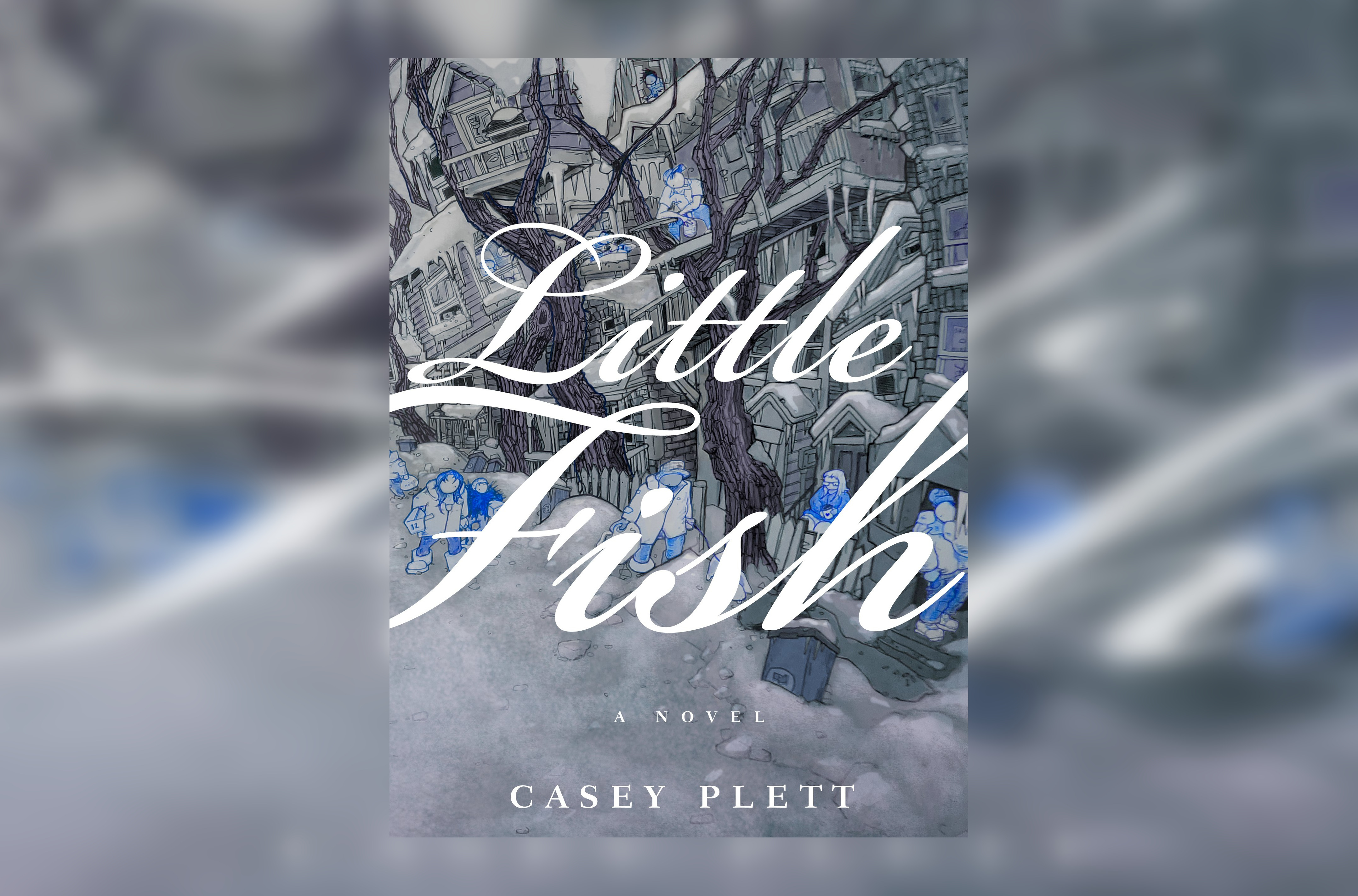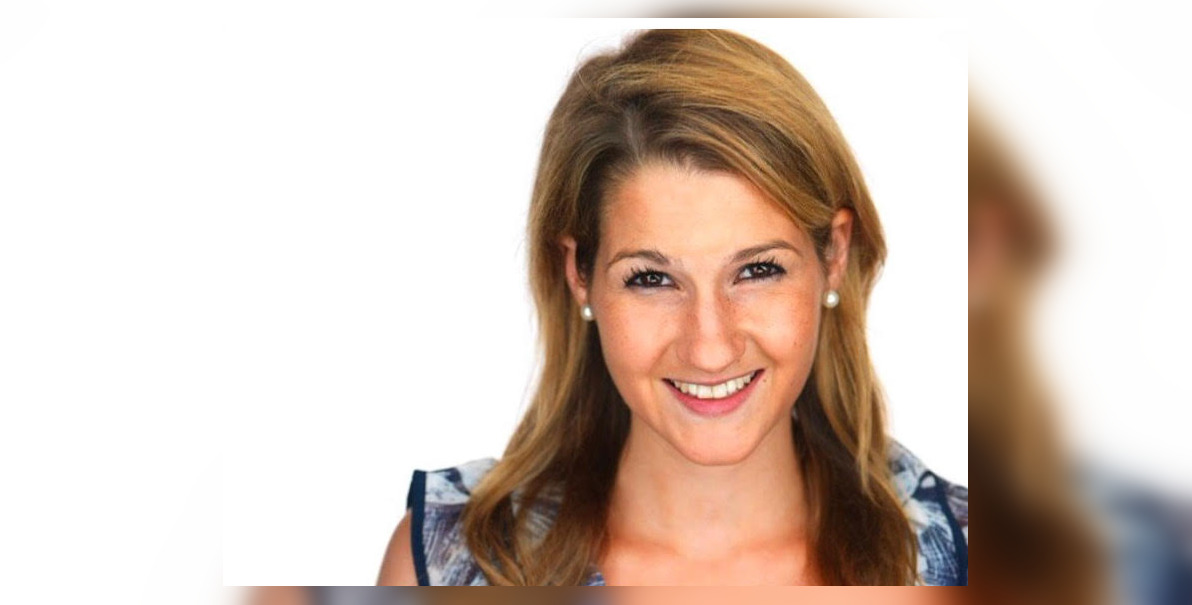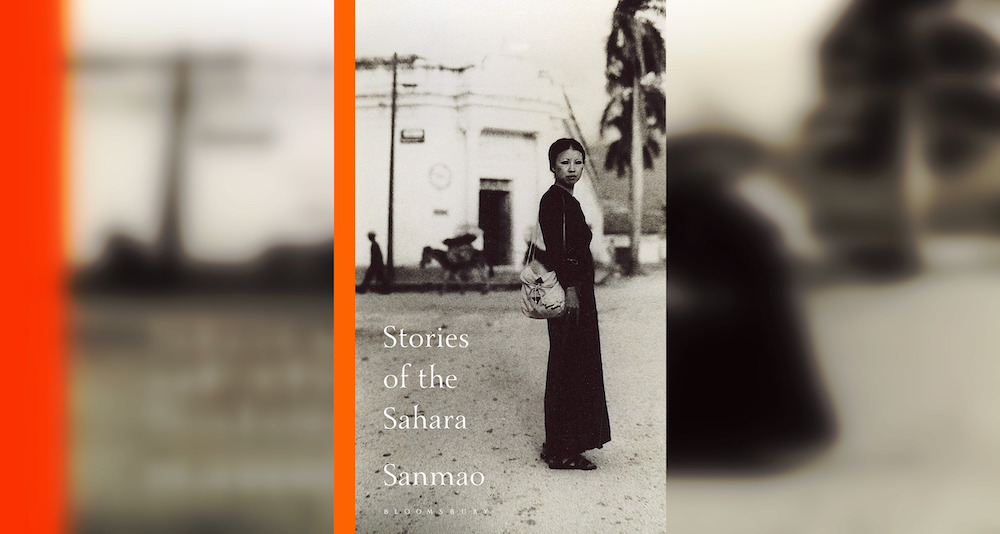In this interview with MFA nonfiction candidate William Horn, Casey Plett talks about writing for a trans audience, keeping a “low overhead,” and the inspiration behind her latest novel. Her novel Little Fish was published in May 2018. She is also the author of A Safe Girl to Love.
What inspired you to write this book?
The spark that created this idea of Wendy’s Grandfather also being trans came a few years ago, when I was doing some family history research in Kansas. I came across one notecard about a relative that simply said this person had been institutionalized and there was no other information available about them. And it made me think that if there was someone in recent history who was gay or trans, that would be about the extent of what I would know, just one detail like this. I’m always interested in trans people of another generation who may have had to do other things in order to survive, and so I was interested in the idea that if I had had a trans Grandparent how that might have looked, and how they might have lived.
You make a lot of choices with Wendy, the main character, that really subvert our expectations for a trans protagonist. What went into crafting Wendy’s character?
I’m glad it comes off that way! For me Wendy is part of a larger dialogue where I think that a lot of trans women (myself included) are pretty messed up and I’m interested in exploring that fictionally. I’m also generally disinterested in the trope that trans people are either evil or heroes who do no wrong. That being said, the world is pretty messed up to us (trans women) and that doesn’t always make you a better person. Wendy is angry, she’s an alcoholic and she can be passive when it comes to her own life. These were all things I saw reflected in the trans community around me and my own experience, these badass survivors who were also incredibly complicated. I liked exploring Wendy’s strength along with all of her clear flaws.
Did you always conceptualize this book as a book for a trans audience?
Very much so. When I finished at Columbia I fell in with the Topside Press crew and hanging out with them made me more aware that we have to write for ourselves. Cis people are always writing for cis people, so writing for trans readers is totally okay. That was such a huge and incredibly powerful thing for me. It totally changed how I approach my work.
Were you worried about how the book would be received because it was for a trans audience?
Of course, but after my first book came out I realized that when groups of marginalized people write for themselves, it isn’t just incredibly powerful and emotional, I would argue it makes for a better book, it makes for better art. When I got out of Columbia it was kind of a bummer for me to realize that this strategy I had been taught (to write for a cis audience), however well-meaning it may have been, was incorrect. I had to relearn a lot of things. I realized that reading something that isn’t for you can be so intimate, so educational. What better way to experience a world that doesn’t belong to you? It’s incredibly enriching. So, I wrote for trans women, building a world that anyone else can be invited to and go along with. If the average cis reader can’t go with that, that’s just transphobia and there’s nothing I can do about that.
Do you think this approach made it difficult to get the work published?
Oh yeah, I sent Little Fish to a lot of majors and they all said, ‘Sorry Charlie’. I know that if I had written a book that was more geared towards a cis readership, things would have been very different.
What trans writing would you like to see more of?
I’ve been incredibly liberated by saying here are all the things that I’m inspired by, here are all the things I take a lot of joy from. A lot of that work is done by cis people, a lot of those characters are cis characters. For me it’s always interesting to look at someone and thing well, what if there were trans people in it? What if this story was about trans people? Where would that take me? Doing that work has been incredibly powerful for me. I’d love to see other trans writers and artists doing something like that.
What trans art do we need?
When you can make art, where being trans is only one part of what it’s about, and it can exist and be itself and not be ignored and also not be exoticized and not be reduced to just art about trans people—that kind of art. Being able to do that myself has really informed who I am as a writer and made me able to work with myself more. I think a lot of people don’t understand this and they really need to, I think it’s something I’m trying to say to other trans artists all the time.
Any final words of wisdom for MFA students?
From an artistic perspective—what you’re most interested in, even if it seems weird and unmarketable and no one wants it—go with it. It’s all you have, you can’t make art with anything else. Go with whatever that is. From a more practical perspective? I’m going to go with what Grace Paley said—“low overhead.”
Photo Courtesy of Arsenal Pulp Press




